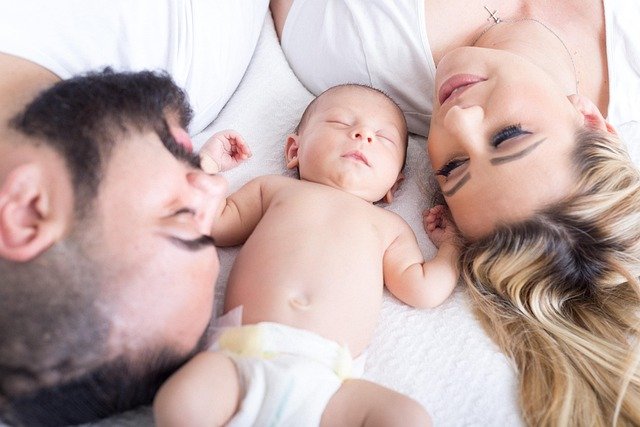Baby Clothes: Infants, Onesies, Sleepers, and Rompers Guide
Baby clothes serve practical needs—warmth, protection, and ease of care—while reflecting cultural and design changes over time. For caregivers, choosing garments that fit, allow movement, and are safe for sleep and play is key. This guide covers how baby clothing has evolved and practical considerations for infants, including common garment types like onesies, sleepers, and rompers.

This article is for informational purposes only and should not be considered medical advice. Please consult a qualified healthcare professional for personalized guidance and treatment.
How baby clothes fit infants
Proper fit matters for safety and comfort. Clothing that’s too tight can restrict movement or breathing, while too loose items may pose entanglement or suffocation risks. Look for garments with room for growth in the torso and sleeves but not excessive fabric around the neck or limbs. Snaps and zippers should be positioned so they don’t press against an infant’s skin. For very young infants, outfits designed for easy diaper changes reduce undressing and re-dressing, which helps maintain body temperature and reduces fussiness during care routines.
What is the history of baby clothing?
Baby clothing reflects broader social and technological changes. Historically, infants were dressed in simple swaddling and gowns suitable for handwashing and breastfeeding. Industrial textile production, changing child-care philosophies, and gendered fashion all influenced styles—shorter, more practical garments emerged as notions of childhood and mobility changed. Over time, innovations like cotton knit fabrics and safe fastenings increased comfort and hygiene. Understanding this history helps explain why many modern designs prioritize practicality, machine washability, and materials that balance softness with durability.
Are onesies practical for daily use?
Onesies are one-piece garments that snap at the crotch, designed for easy diaper access and a secure fit. Their practicality comes from minimizing exposed midriffs, staying tucked in during movement, and simplifying layering. For many caregivers, onesies are a foundational wardrobe item for infants because they work well alone in warm weather or under other clothing when it’s cooler. Consider fabric weight—light cotton for everyday wear, slightly heavier or thermal knit for chilly days—and check that snaps are sturdy and placed to avoid pressure on an infant’s abdomen.
Choosing sleepers for safe sleep
Sleepers (also called sleep gowns or sleep suits) are intended for overnight comfort and may include footed designs. Safety considerations are important: choose sleepwear labeled as appropriate for sleep, with snug fits that reduce loose fabric near the face. In some regions, flame-resistant sleepwear or tight-fitting garments that meet safety standards are recommended. Breathable fabrics such as cotton help regulate body temperature, and sleepers without hoods or excessive decorations reduce the risk of overheating and entanglement. Always follow current safe sleep guidance from reputable health authorities.
When to choose rompers and outfits
Rompers are one-piece garments often with short legs or sleeves useful for play and outings. They are versatile for warmer weather and can be layered with tights or leggings when cooler. Outfits that combine a separate top and bottom can be helpful for mixing sizes—if an infant has a larger bottom relative to torso, two-piece sets may fit more efficiently. For special occasions, outfit sets provide visual variety, but everyday choices should prioritize ease of diaper changes, ease of laundering, and fabric durability over aesthetic details that add cleaning or safety concerns.
Fabrics, sizing, and care for baby clothes
Fabric choice affects comfort, skin sensitivity, and maintenance. Natural fibers like cotton and bamboo blends are breathable and often recommended for sensitive skin, while synthetic blends can add stretch and quicker drying. Pay attention to sizing charts from manufacturers, as “size by weight” or “age range” varies; measure chest and length when in doubt. Care instructions—wash temperature, recommended detergents, and tumble-dry settings—help maintain softness and prevent shrinkage. Remove small decorations or loose threads before use, and inspect garments regularly for wear that could create hazards like exposed elastics or broken snaps.
Conclusion
Selecting baby clothes involves balancing comfort, safety, and practicality. Awareness of historical trends explains why many modern pieces prioritize function, while specific garment types—onesies, sleepers, rompers—serve distinct daily needs. Prioritize proper fit, breathable fabrics, secure fastenings, and easy access for diaper changes. Combining thoughtful purchases with regular garment inspection and proper laundering supports infant comfort and caregiver convenience.






